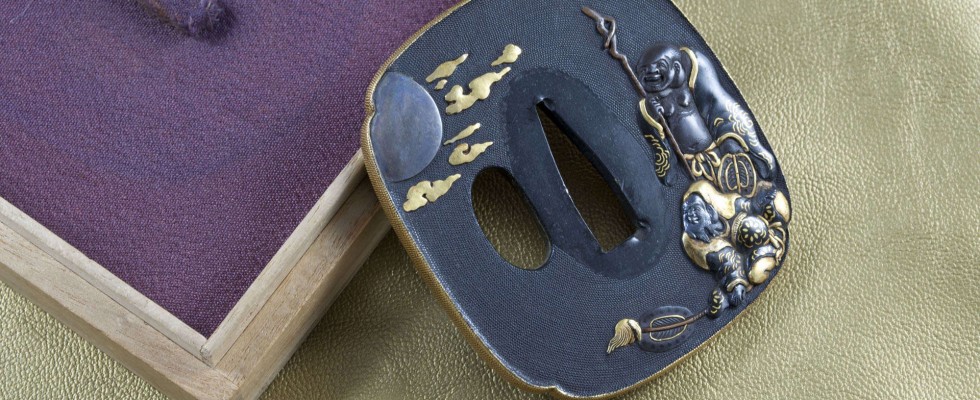Gorgeous tsuba signed « Ichiryu Tomoyoshi » – 一柳友善 Late Edo Ichiryû – Mito school Kinko Meikan rank : Ryoko / Joko This beautiful katana-sized tsuba is made of shakudo embellished with gold and silver accents, on the theme of the unryu dragon. The work is very fine and of high quality, […]
Read more ›Welcome to Nihonto France. My name is Florian Sala, I am passionate and collector of Japanese swords for over 20 years and an active member (No. 00035264) of the NBTHK (Nihon Token Bijitsu Hozon Kyokai) located in Tokyo, Japan.This website has been created primarily for the love of Japanese sword, and it is with pleasure that I share with you today this art of beauty and complexity rarely matched to this day. I will strive to propose on my website only old, authentic and high quality items, directly from Japan.
















